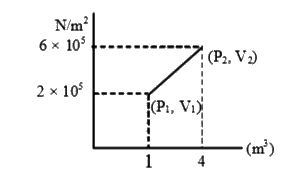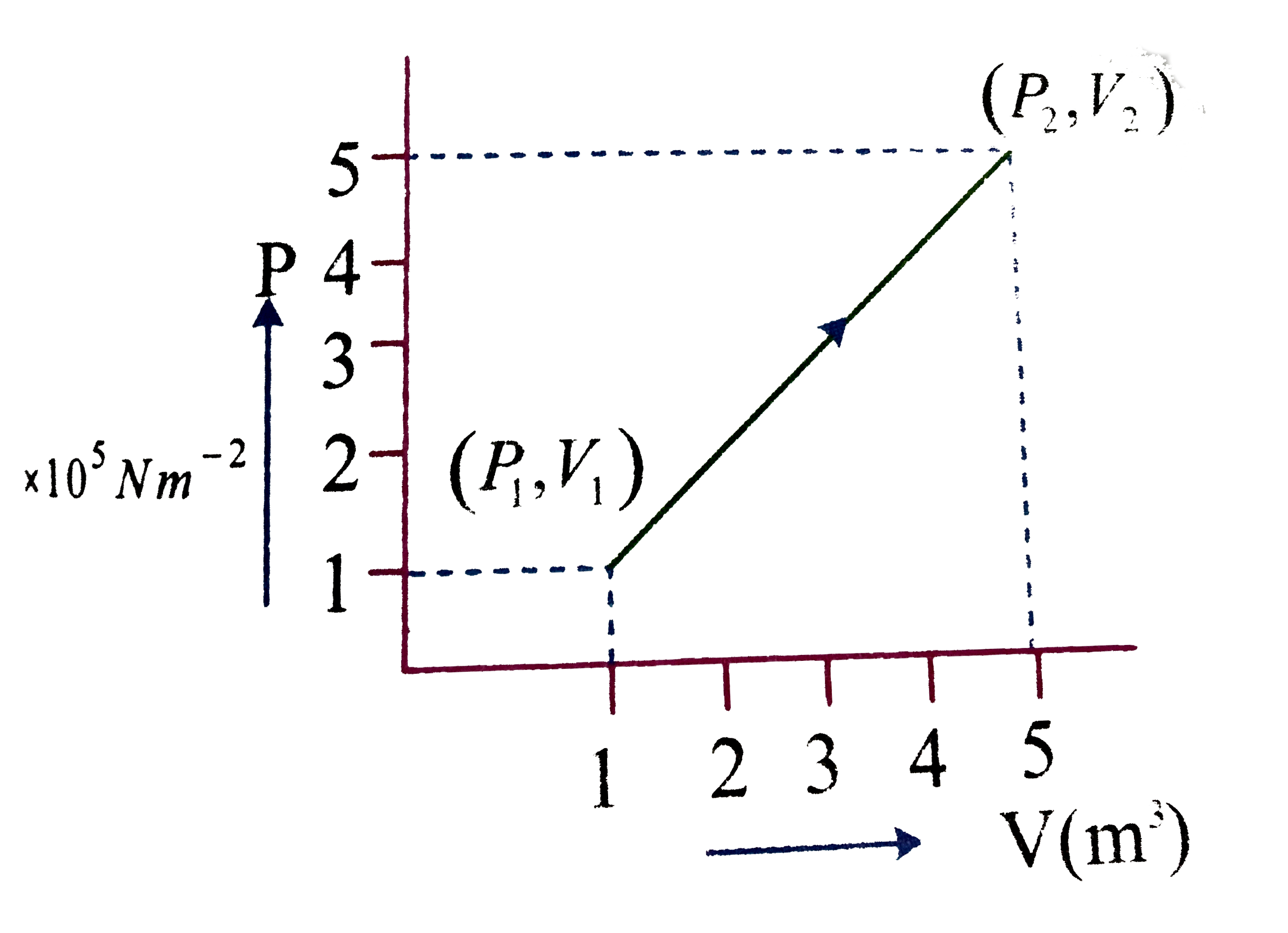A gaseous system changes from state A(P1,V1,T1) to B(P2,V2,T2), B to C (P3,V3T3) and finally from C to A. The whole process may be called
Cyclic process
Reversible process
Isobaric process
Spontaneous process
The correct Answer is:A
Step by step video, text & image solution for A gaseous system changes from state A(P_(1), V_(1), T_(1)) to B(P_(2), V_(2) , T_(2)), B to C (P_(3), V_(3) T_(3)) and finally from C to A. The whole process may be called by Chemistry experts to help you in doubts & scoring excellent marks in Class 11 exams.
Topper's Solved these Questions
- BOOK - NARAYNACHAPTER - THERMODYNAMICSEXERCISE - Level -I (C.W)62videos
THERMODYNAMICS
- BOOK - NARAYNACHAPTER - THERMODYNAMICSEXERCISE - Level -II (C.W)41videos
THERMODYNAMICS
- BOOK - NARAYNACHAPTER - THERMODYNAMICSEXERCISE - Assertion- Reason5videos
THERMODYNAMICS
- BOOK - NARAYNACHAPTER - STRUCTURE OF ATOMEXERCISE - EXERCISE - IV EXEMPLAR PROBLEMS24videos
STRUCTURE OF ATOM
Similar Questions
Knowledge Check
- Question 1 - Select One
A gaseous system changes from state A(P1,V1,T1) to B(P2,V2,T2) to C(P3,V3,T3) and finally from C to A. The whole process may be called :
AReversible processBCyclic processCIsobaric processDSpontaneous process - Question 2 - Select One
P1V1T1=P2V2T2 is -
ABoyle's LawBCombined gas lawCCharles LawDNone of these - Question 3 - Select One
A system Xundergoes following changes
XP1V1T1→WP2V2T1→ZP3V2T2→XP1V1T1
The overall process may be called asAReversible processBCyclic processCCyclic reversible processDIsochoric process
A system changes from the state (P1,V1) to (P2,V2) as shown in the figure below. What is the work done by the system –
 View Solution
View SolutionAn ideal gas follows a process described by PV2=C from (P1,V1,T1) to (P2,V2,T2) (C is a constant). Then
View SolutionAn ideal gas expands from state (P1,V1) to state (P2,V2), where P2=2P1 and V2=2V1. The path of the gas is expressed by the following relation,
P=P1[1+(V−V1V1)2]View SolutionFor an ideal gas, an illustration of the different paths, A (B+C) and (D+E) from an intial state P1,V1,T1 to a final state P2,V2,T1 as shown in the given figure.

Path (A) represents a reversible isothernal expanison from P1V1 to P2V2. Path (B+C) represents a reversible adiabatic expansion (B) from P1,V1,T1 to P3,V2,T2 followed by reversible heating the gas at constant volume (C) from P3,V2,T2 to P2,V2T1 to P1,V2,T3 followed by reversible cooling at a constant volume V2 (E) from P1,V2,T3 to P2,V2,T1
What is ΔS for path (D+E) ?View SolutionOne mole of hydrogen, assumed to be ideal, is adiabatically expanded from its initial state (P1,V1,T1) to the final state (P2,V2,T2). The decrease in the internal energy of the gas during this process will be given by
View Solution


